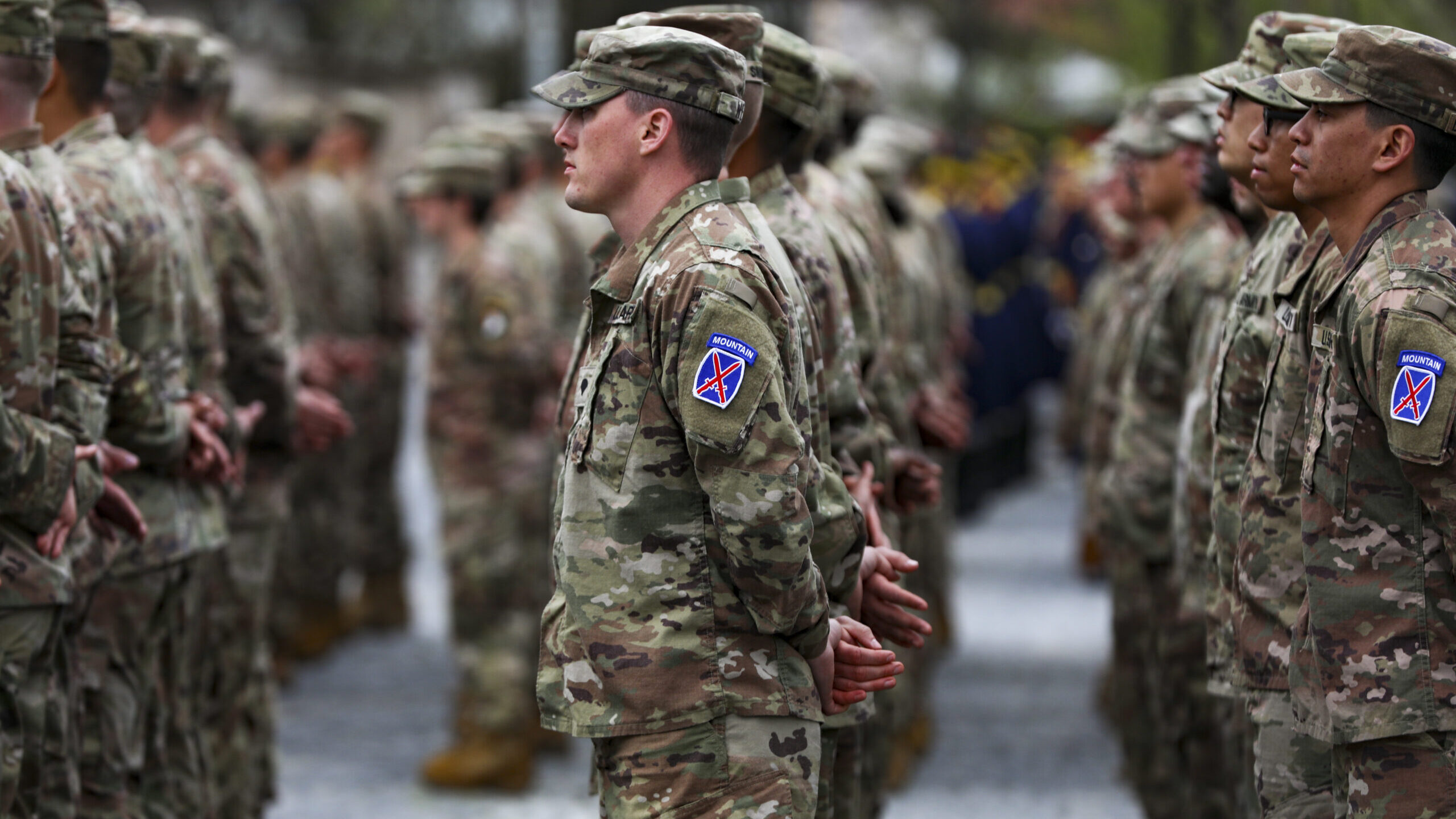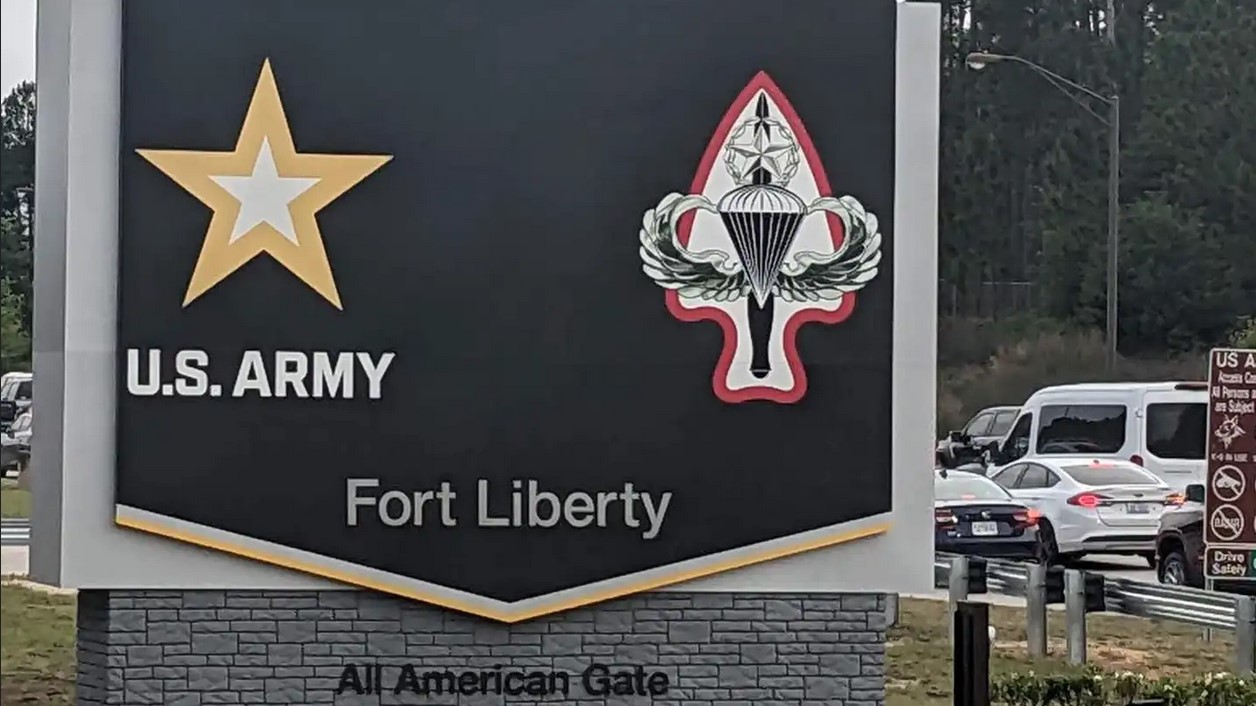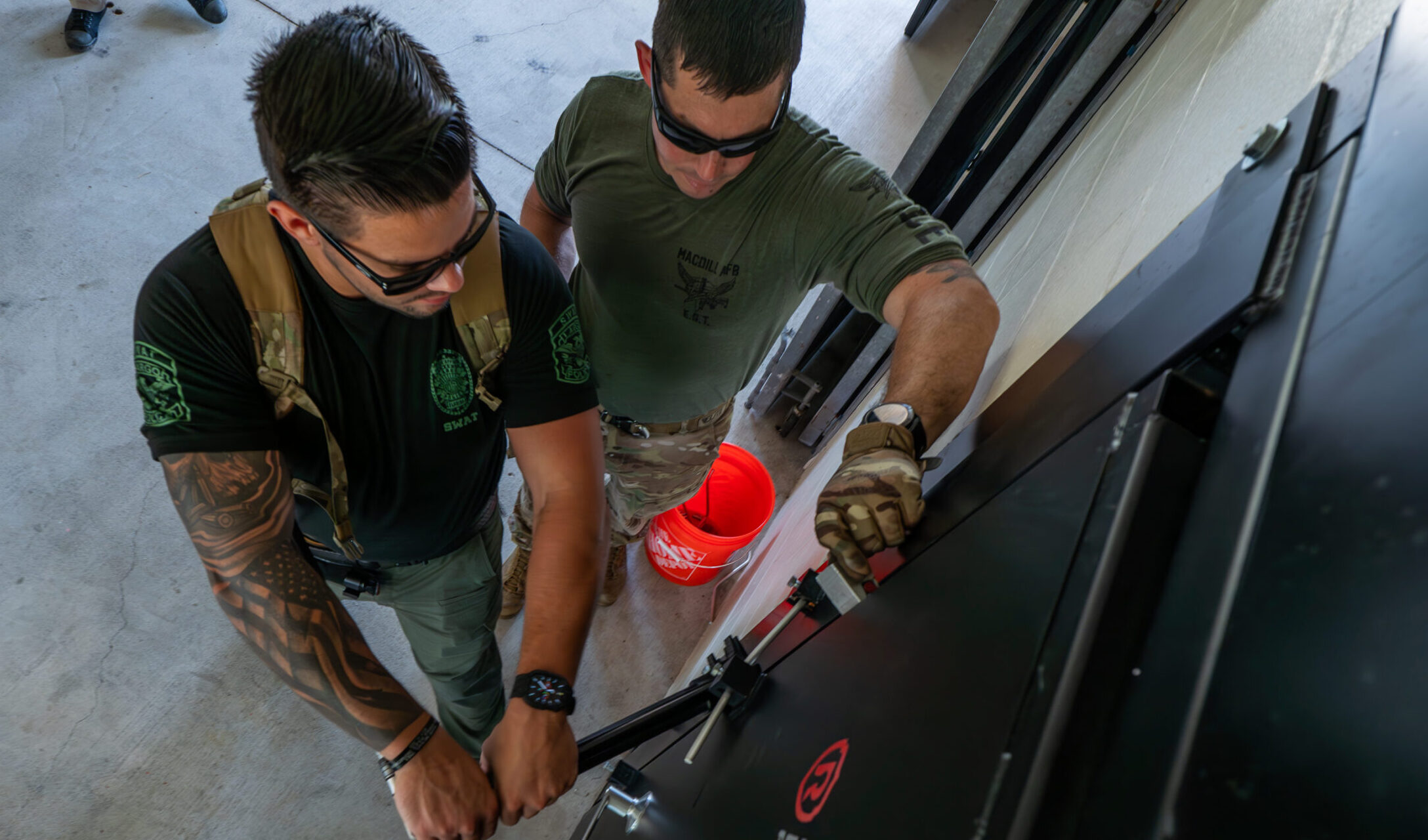Soldiers with the 10th Mountain Division recently completed an unprecedented 550-mile road trip across Norway, Sweden and Finland in which troops dealt with long-distance logistics, local laws and infrastructure regulations. It also meant keeping a sharp eye out for local wildlife.
“Every time we hit the border, it was a new rule,” Staff Sgt. Alec Doolittle told Task & Purpose. “When I got closer to the Finland border, they emphasized the fact that reindeer are really bad around here. I was definitely more observant and more alert when we got this way.”
In the end, no reindeer were harmed in the making of this NATO partnership.
Over the course of five days in late April, the Army’s 10th Mountain Division moved a convoy of 400 soldiers, 165 vehicles, and thousands of tons of equipment through small Scandinavian towns, around fjords, and across three different countries on a 550-mile road march.
The exercise was the first time in decades that a major Army maneuver unit had traveled so far in Europe.
“The Army did these convoys during the surge in Iraq, where they would convoy from Kuwait,” Maj. Rachael Jeffcoat, a spokesperson for the 10th Mountain Division said. But the long-distance march was a first “for the European theater.”
The exercise had both a military and political component: could a major element of a brigade move that far, that fast, and arrive in combat-ready shape? And, second, the exercise served as a first major training operation on the home soil of the two nations that are the newest additions to NATO, Sweden and Finland.
“We just crossed Finland’s one-year anniversary for them joining NATO and then Sweden just joined here in March,” said Col. Ryan Barnett, commander of the 10th Mountain Division’s 3rd Brigade. “This was the first time the U.S. military had tested this capacity to land a brigade in Norway and then road march it across Norway through Sweden and then wind up in training areas in Finland.”
Norway is one NATO’s 12 founding members.
The exercise was also the Army’s way to validate its ability to transport convoys of equipment and personnel across different ports, borders and transportation systems in the three countries. During months of preparation, soldiers developed orders for hundreds of soldiers and local security escorts, and patched together the routes and schedules for convoys of Humvees, medium tactical vehicle variants, fuelers, ambulance vehicles, joint light tactical vehicles, forklifts and trailers.
Even small details could threaten the project: for the railways, for instance, the Army loaded 55 vehicles and trailers on a rail into Sweden which needed to be changed out for different gauges once the equipment reached Finland, Barnett said.
“That was another first and another test of strategic force projection for the alliance,” Barnett added.

The exercise’s purpose was to project combat power among the new NATO members, but it also required soldiers to use judgment and tact as de facto tourists, their tactical American military equipment sharing the same roads as local civilians driving to the supermarket.
“We abided by traffic laws within the towns and so civilian vehicles were able to pop in and out of our convoys so we wouldn’t interrupt the flow of traffic,” Barnett said. “Driving through the towns, especially with these bigger vehicles, soldiers really had to have confidence in their driving skills.”
Subscribe to Task & Purpose today. Get the latest military news and culture in your inbox daily.
Maj. Francis Porcase, executive officer of 3rd Brigade Combat Team, said that convoys didn’t spend more than 10 minutes at each border crossing. They received hand-held tactical radios to talk to their new NATO counterparts and shook the hands of their Norwegian, Swedish and Finnish escorts to who would oversee the route, logistics like traffic, speed limits, vehicle maintenance issues or weather conditions.
Diplomacy in a tactical operation
The Army’s exercise was based around speed and staying true to the operation’s schedule to finish in five days, Porcase said. But the Americans also were able to meet their local counterparts.
“At every stop, our soldiers were interacting with local host nation soldiers,” Porcase said. “It was super neat to watch the interaction between soldiers that had never met each other and only met each other for a couple hours or even just a few minutes.”
The soldiers traded patches and other memorabilia, with some of the 10th Mountain troops landing unique Scandinavian patches or knives with regional significance that local soldiers carried. Some even swapped American meals for Swedish and Finnish MREs, Porcase said.
Many times, Doolittle said, children waved and cheered and onlookers called out for friendly horn honks.
“When we did go through a town and there were people out, it was like a head turner and they almost looked as if they were confused as to why these American armored vehicles were rolling through our town,” Doolittle said.
Arctic conditions
While the Nordic countries are currently experiencing Spring, the climate was still a far cry from the temperatures the Brigade was used to at home in Fort Johnson, Louisiana. Even during the day, temperatures hit just above freezing (though the 10th Mountain Division’s headquarters is at Fort Drum, New York — whose mountains and northeastern weather can be Scandanvia-like — the 3rd Infantry Brigade Combat Team has been permanently based in Louisiana for almost a decade).
Before the exercise, the Southern U.S.-based leadership sent soldiers to the Army Mountain Warfare School in Vermont and had units practice putting snow chains on tires for icy road conditions.
“You don’t naturally get that inventory of cold weather equipment when you’re stationed at Fort Johnson so we were able to give them that equipment that they needed to operate out here in the colder climates,” Barnett said. This included thermal underwear, insulated pants and top, gloves and mittens, hoods, and a balaclava.
Moving hundreds of miles is nearly as foreign as the cold. At Fort Johnson, the training area is only about 10 to 15 miles from the brigade’s motor pools.
To be ready, they spent the months leading up to the exercise practicing.
“We ran through a series of vignettes to make sure that they understood if something would happen, what their actions would be and that included everything from a vehicle breakdown, a flat tire, an individual vehicle accident, like they run off the road or two vehicle collisions with a civilian vehicle,” he said.
Besides a few flat tires that were handled on the spot, 10 vehicles were evacuated to support centers to get them operational so they could finish the convoy.
“Overall, we were able to make the 908 kilometers without incident,” Barnett said. “So it was an extremely well done operation.”
The latest on Task & Purpose
- Marines want to wear their uniform for high school graduation, but their school said no
- AC-130 gunship crewman killed in shooting with Florida sheriff deputy
- The Space Cowboys: Guardians earn their spurs in cavalry tradition
- Soldier detained in Russia may have been set up by girlfriend, mother says
- Army debuts new recruiting ads aimed at high-tech civilians rather than soldiers

























